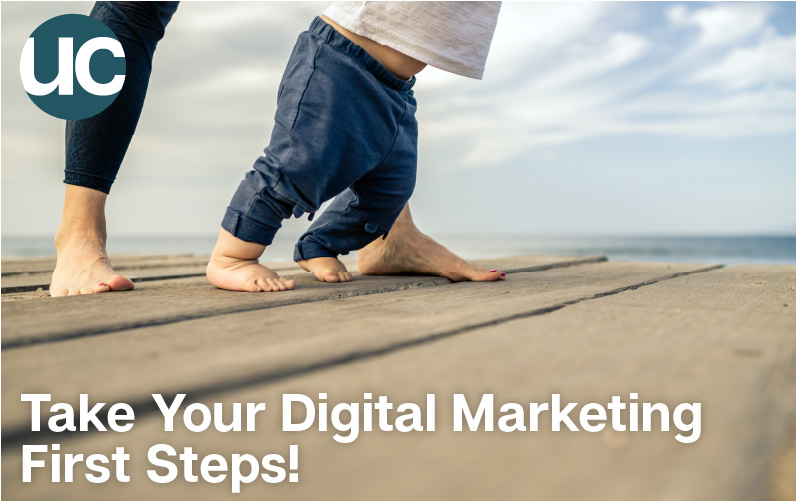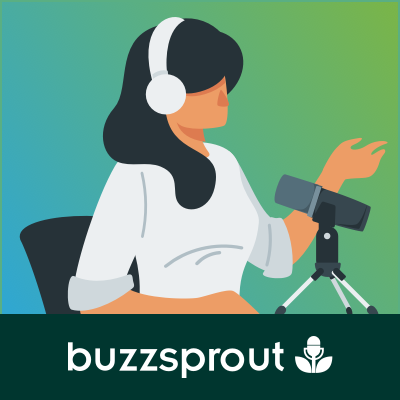YOU ARE LIVING IN A GOLDEN AGE OF MARKETING.
In terms of forging strong connections and relationships with your potential customers, it’s literally never been easier—or cheaper. Thanks to the invention of email marketing automation and social media, reaching hundreds or even thousands of customers at once only takes a couple of clicks.
Gone are the days of licking hundreds of envelopes to send promotional snail mail that 90% of people will toss without reading—that’s great news for the trees and your tongue!
Gone is the era when businesses would need to invest in pricey print or television ads—digital ads are cheaper and easier to produce and everyone uses Netflix, anyway.
Running a small business in the digital age gives you opportunities that businesses owners 30 years ago could only breathlessly fantasize about, while clutching their chequebooks and Rolodexes (I’ll wait while you Google that).
Congratulations to you and me! It’s a great time to be a small business owner or entrepreneur: we’re extremely spoiled when it comes to modern marketing. There are platforms out there that can provide the type of functionality that used to be possible only with a dedicated marketing team, at a fraction of the cost. Many of these platforms are even free to use (those are my favourite ones, tbh).
So, that’s the good news. You have countless options at your fingertips that you can use to build an insanely effective promotional presence in your prospects’ news feeds and inboxes. The flip side is that taking advantage of all of these delicious technologies can seem a little daunting at first, and there is definitely a bit of a learning curve. Speaking from experience: with so many technologies and tactics available, it’s easy to become overwhelmed or stretch yourself too thin trying to master everything.
Especially if your ‘marketing team’ is really just you.
I don’t want you to make the same mistakes I did when starting out, so this blog post is all about prioritizing. If you’re just dipping your toes into digital marketing, there are three main areas that you should be focusing on: email marketing automation, Facebook and/or GoogleAds, and social media. I’ve previously talked about marketing automation in a little more detail, and I’ll definitely be digging further into all three subjects in future posts, but for now I just want to give an overview about where you should be focusing your energies when building your digital presence.
EMAIL MARKETING AUTOMATION
Marketing automation may be one of my favourite technological inventions of the century, apart from wireless phone chargers, Fitbits, and Instagram (okay, maybe I have a lot of favourites).
If you’re not familiar with email marketing automation, here’s the elevator pitch: it lets you effortlessly send targeted emails to many, many people simultaneously or to certain people based on behavioural triggers. This is BIG. It means that you’re not just sending out planned promotional emails to your whole list, you’re also able to automatically send welcome emails, birthday emails, abandoned cart emails, and much more. These types of personalized emails can deliver incredible ROI and help you nurture relationships with customers.
How to get started: there are many different platforms out there at a wide range of pricepoints. I recommend doing your research before committing to a platform—switching over later on can be a pain and no one has time for that. Some brands offer basic plans for free, so check those out and see if they suit your needs. You can upgrade later as you scale up!
FACEBOOK AND/OR GOOGLE ADS
Surprisingly affordable, Facebook and Google ad campaigns can be as small or as large as you want them to be. Be all up in their faces or give them just enough to tantalize—it’s totally up to you!
How to get started: setting up a Facebook Ads campaign is really simple. Just select the date range of your campaign, the maximum amount of money you want to spend, and the audience you’re looking to reach. Boom, you just implemented an entire ad campaign by yourself and you still have time to watch another episode of Russian Doll. A few tips: Facebook Ads with eye-catching images or video work the best. Just make sure you don’t include any inaccurate claims or inflammatory language (save that for your next game night.) For Google Ads, take time to research popular key words in your category and use a couple of them in ways that make sense and feel organic.
SOCIAL MEDIA
This approach can get a little complicated. There are a metric tonne of different social media platforms out there, from the wildly popular to the obscure and niche. And there are only 24 hours in the day. So you’ve got to be pretty picky about where you focus your attention! Maybe you’ll wind up focusing most of your energy on Instagram and Twitter. Maybe Facebook and Pinterest will be your winning combination. Maybe it’ll be a platform I’ve never even heard of! It’s better to have a strong presence on one or two platforms than have lackluster activity on half a dozen of them.
How to get started: first, figure out where your target audience is and which platform will give you the biggest impact. Check out your competitors’ profiles and see where they have the most engagement (pro tip: engagement is as important as follower numbers). Set up a profile, include links to your website or online store, and try to post content a few times a week. Don’t just post links to your products or services—share a variety of interesting content related to your field. And show some personality! You wouldn’t follow Wendy’s on Twitter if that account was all burgers and no banter!



